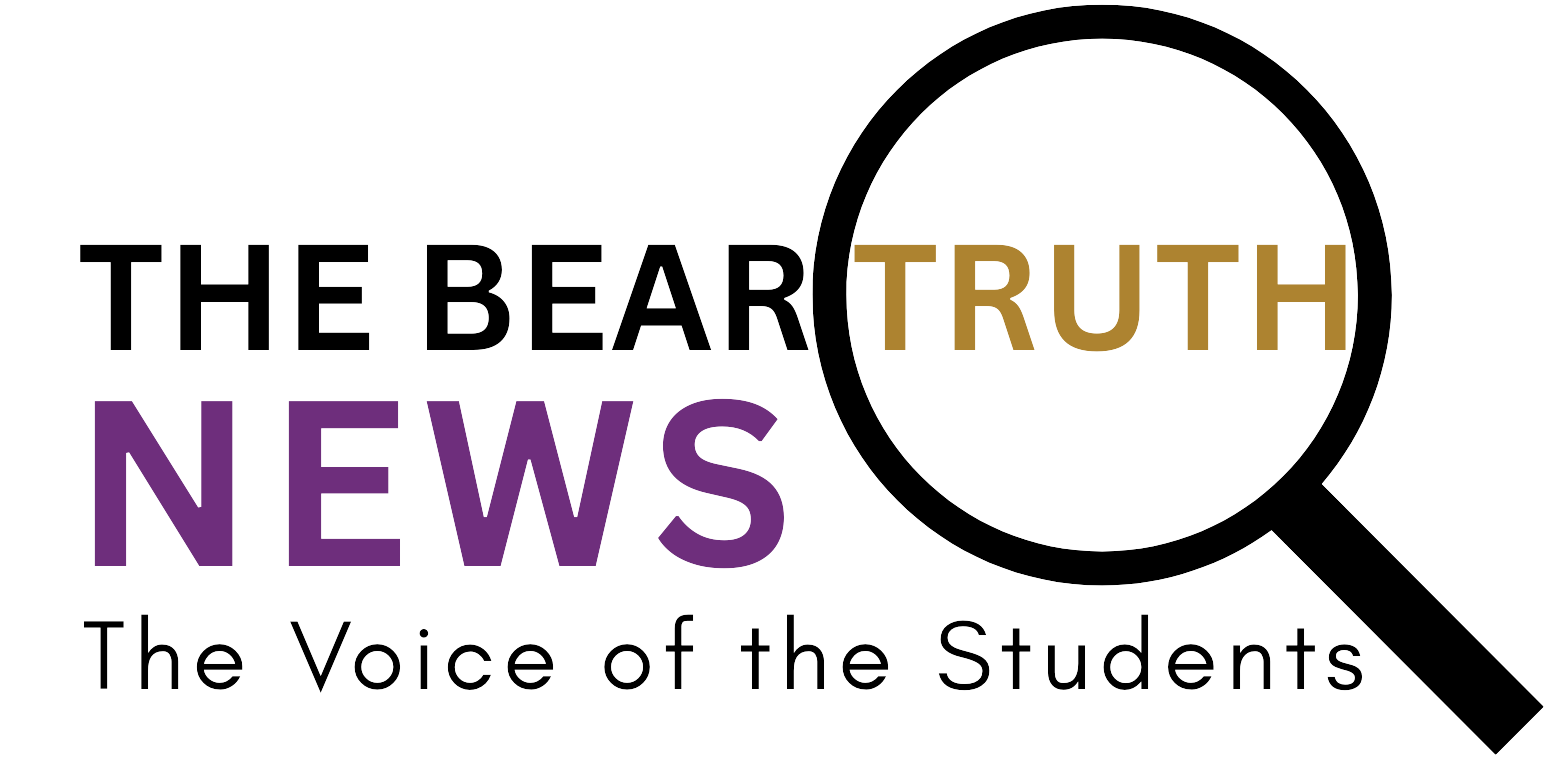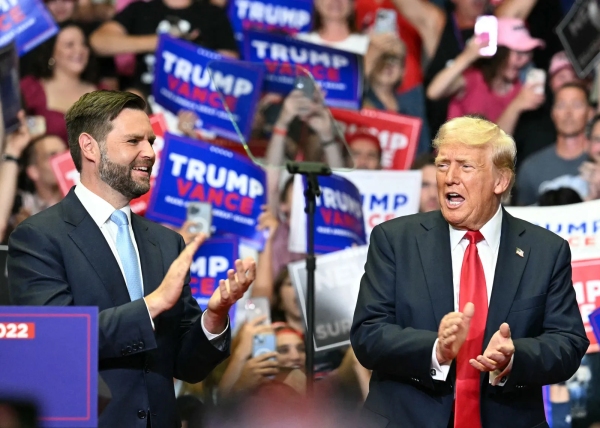Trump Delivers Historic State of the Union Address
President Donald J. Trump delivered his second State of the Union Address last night in the U.S. House of Chamber. He covered a wide range of topics ranging from a possible government shutdown to the announcement of another meeting with Kim Jong Un in Vietnam.
The event, named one of the “most important events in the United States political calendar,” according to BBC News, was pushed back due to the government shutdown. News outlets predicted that his main focus would be on the safety and security of the country as well as securing funding for a wall. While he did discuss the need for heightened security and restricted borders, Trump highlighted important issues.
With all branches of government under one roof, the event was highly anticipated. One of the talks before the rehearsed night was if Trump would stick to his script. Prior to last night’s State of the Union, Trump often diverts from his planned speeches. It is said that is when he does his best work.
News outlets predicted that his main focus would be on the safety and security of the country as well as securing funding for a wall. While he did discuss the need for heightened security and restricted borders, Trump highlighted important issues.
The first topic that Trump dove into was the country’s “incredible progress and achieved extraordinary success” throughout all types of nuances and challenges that the US has endured within the past two years he has been in office.
This is typical of a president to state because usually, past speeches start off with upbeat and optimistic tones. The familiar line, “The state of the Union is strong,” was even recited by Trump.
One strong take away from last night’s event was that Trump stated that investigations into his conduct posed a threat to national security. The looming threat of congressional investigations into his conduct was a concern of his.
First, he offered what amounted to a plea for the new Democratic majority in the House to avoid “ridiculous partisan investigations” and cautioned his enemies not to seek “revenge” against him.
Then came the bluntest of threats to the woman sitting behind him, Speaker Nancy Pelosi, the Speaker for the House of Representatives.
“If there is going to be peace and legislation, there cannot be war and investigation. It just doesn’t work that way!” he said.
“We must be united at home to defeat our adversaries abroad,” he said.
Within the audience, white soared across the room. Many women attended the event wearing white to symbolize women’s suffrage in the United States. The House Democratic Women’s Working Group is inviting female members of both parties to wear white to the State of the Union address. Within the address, Trump recognized the record-breaking amount of women in government. The sea of white was delighted to hear they were recognized and applauded for their success.
Throughout the speech, Trump recognized the heroes in the audience. He had personally invited numerous special guests who have made an impact or completed extraordinary acts of service. One of the honored guests was Grace Eline, a 10-year-old who was diagnosed with Germinoma, a germ-cell brain tumor. Grace recently finished chemotherapy and today shows no evidence of the disease. She is determined to help other children who are fighting cancer. She sat with Melania Trump, the First Lady, along with many other special guests who were honored last night.
With its 82 minutes in length, Trump’s Second State of the Union is the longest Message since George W. Bush in 2000. Since Trump’s 2019 address, there have been 95-in person annual messages/State of the Union Addresses. The first televised broadcast of the Message was in 1947 and was of President Harry S. Truman’s Address, making this the 65th televised Message. This high profile presidential tradition has been around since 1790, with George Washington being the first one to deliver a speech of this kind.
Typically, the Union Address is delivered in front of the two houses of Congress, in the House of Chamber in January or February. Prior to this change, the Address was held in the Senate Chamber in December.
The speech, delivered by the President of the United States in a joint session with Congress, usually includes topics ranging from a budget message, an economic report of the nation and a proposal of a legislative agenda and national priorities. According to the National Archives, Previous topics covered economic recovery in 1981 by the late Ronald Reagan, “Building a Better America,” in 1989 by the late George H. W. Bush, and the economic crisis in 2009 by Barack Obama. The Monroe Doctrine was delivered within a State of the Union speech by James Monroe.
The reason for an annual message to the government and the people of America is stated in Article 2, Section 3 of the United States Constitution:
“He shall from time to time give to Congress information of the State of the Union and recommend to their Consideration such measures as he shall judge necessary and expedient.”






